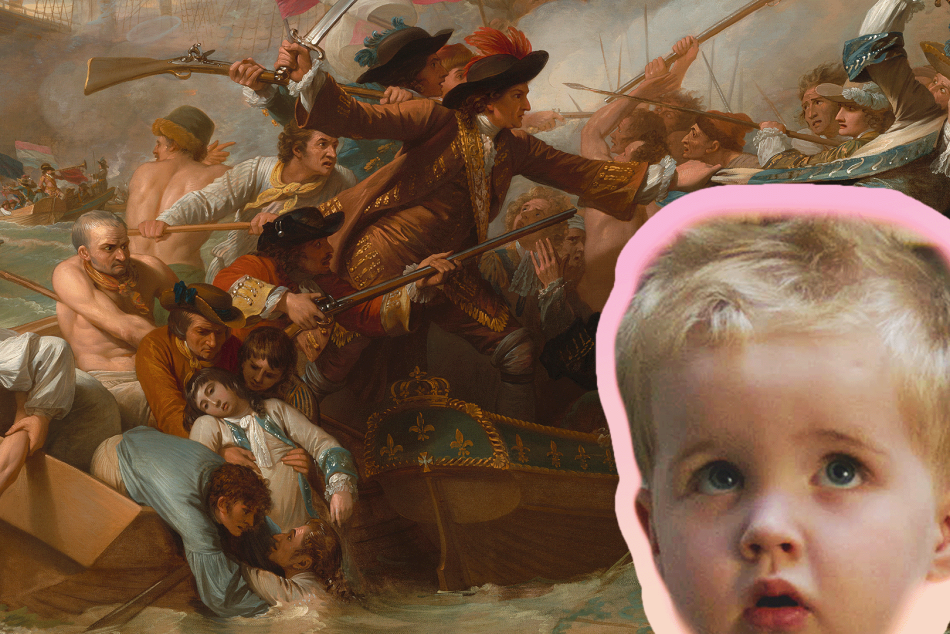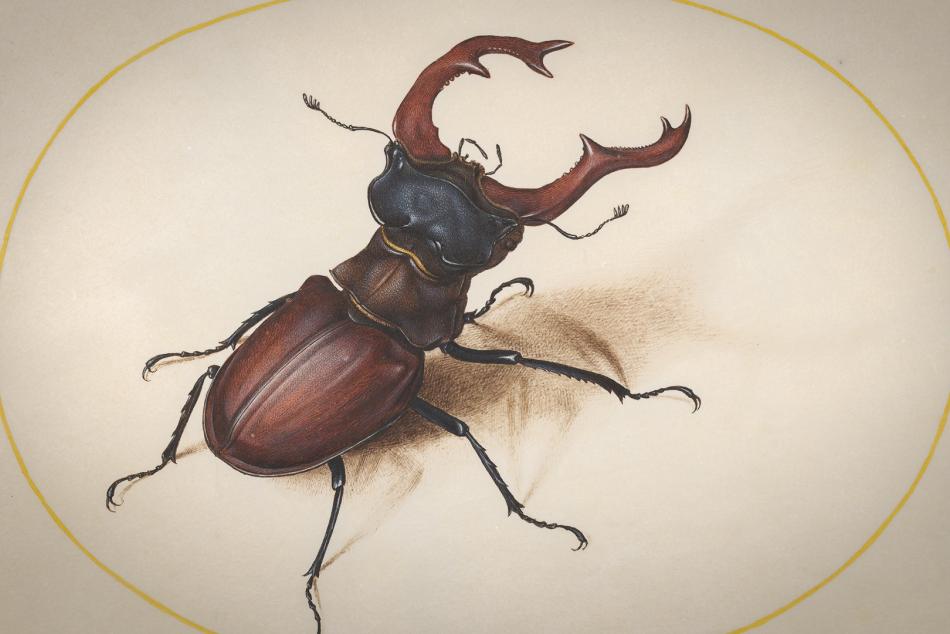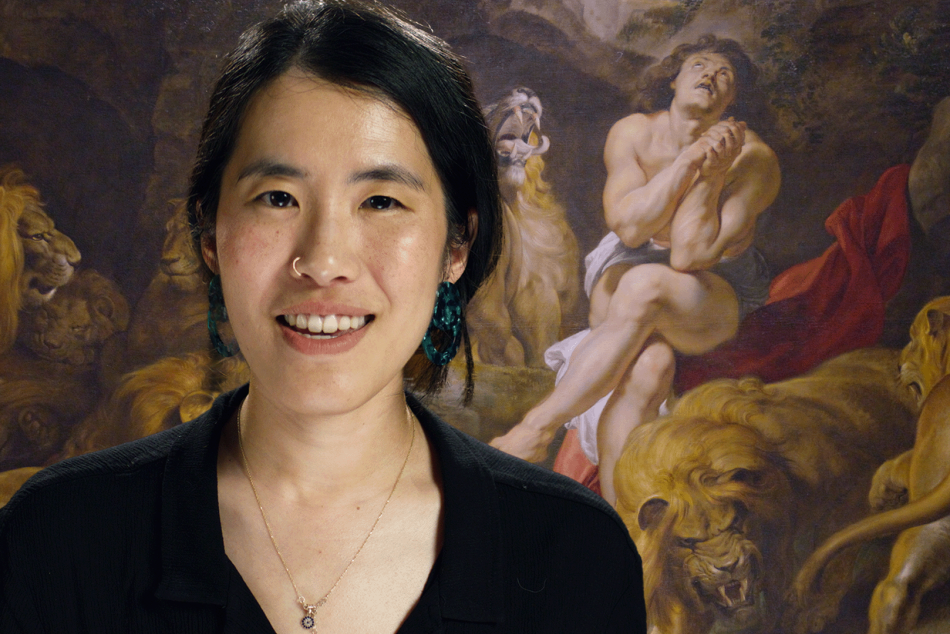Minstrelsy “Uncorked”: Thomas Eakins’ Empathetic Realism
Wyeth Lecture in American Art, 2009

The lecture focuses on Thomas Eakins (1844–1916) as uniquely empathetic among the many 19th-century artists who depicted African American performance and entertainment. Eakins’ Negro Boy Dancing (1887; Metropolitan Museum of Art) shows a young banjo player, an elderly teacher, and an adolescent dancer, evoking the American rage for the form of musical theater known as minstrelsy. Eakins' watercolor, along with two oil-on-board studies at the National Gallery of Art, challenged the tendency of minstrelsy to employ racial ridicule and physical exaggeration. Instead, Powell argues, Eakins adhered to a painterly realism as well as his own brand of empathy and ethics.
Discover more

Video: What Do Kids REALLY Think About Art?
Sharp, hilarious, brutally honest kids react to some of our most iconic works.

Video: He Painted Bugs Like Jewels — And Changed Science
At a time when bugs were mostly feared or ignored, Joris Hoefnagel's exquisite insect drawings invited wonder—and helped change the course of scientific illustration.

Video: Look Closer: The Art of Devotion
Explore powerful stories of devotion, love, and artistic passion through iconic works of art—from religious masterpieces to revolutionary portraits.


